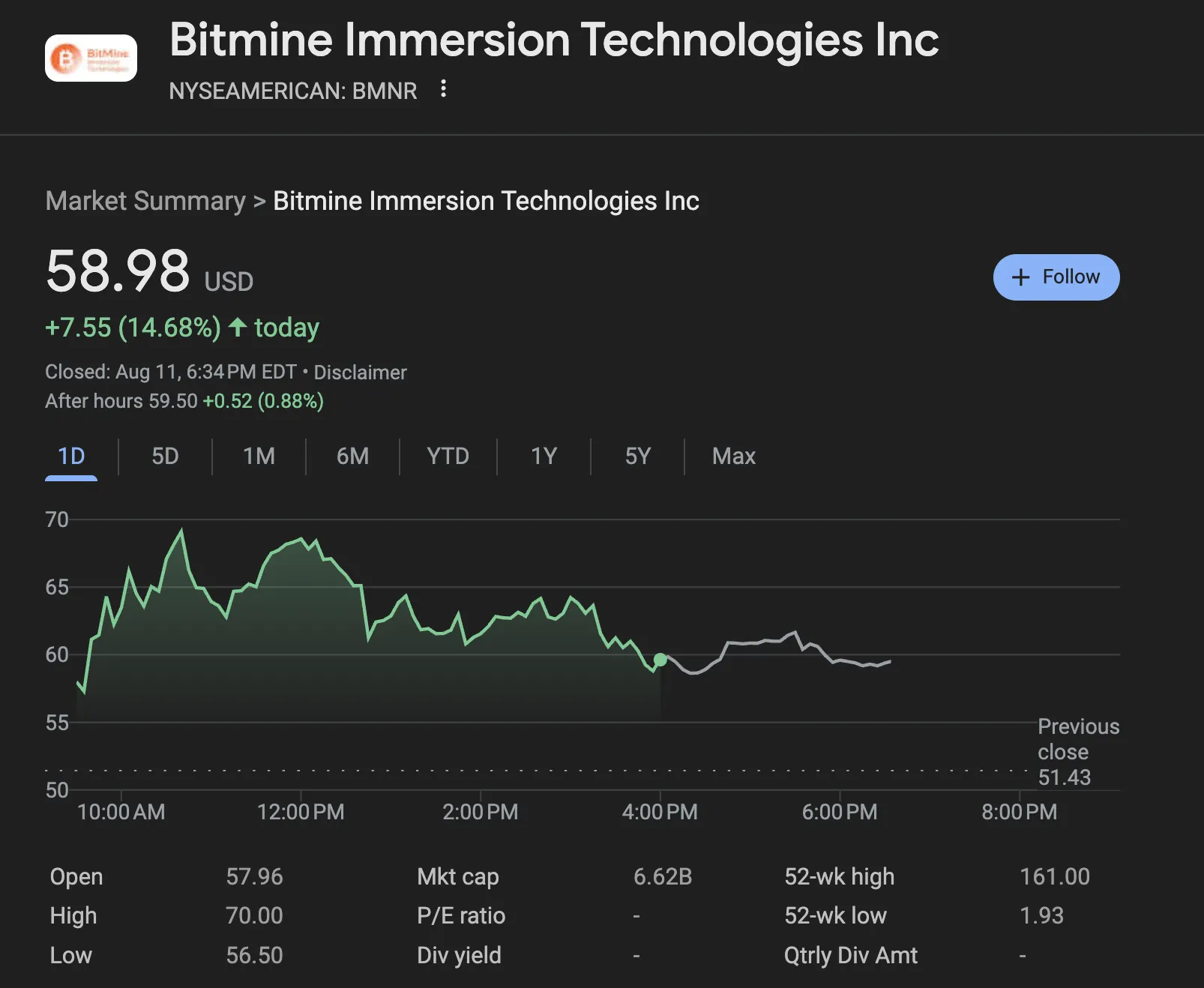
In brief
- Qubic said that it had momentarily achieved control of 51% of the hash rate of privacy blockchain Monero.
- The firm said the event was an “experiment” and a way to “help” the network.
- However, a few experts said there had been no independent verification of the attack.
AI protocol Qubic said it had taken control of Monero after a 51% attack on the privacy blockchain, potentially allowing the protocol’s mining pool to manipulate transactions data and other information—although security experts cast doubt on the event’s success.
The group said its “experiment” was successful and done to “help” the network protect itself against future attacks.
“Qubic has reached over 51% of Monero’s hashrate, effectively giving it control of the network,” the company said in an X post that referenced a company blog entry. “Qubic chose not to launch the takeover yet, proving a powerful theory by action. But this story isn’t over yet. What’s next for Qubic and the future of [proof-of-work] chains?”
A 51% attack occurs when a single entity or group of miners controls a majority of a proof-of-work blockchain network’s hash rate or computational power, potentially giving it the ability to manipulate transactions and double-spend coins. Prominent proof-of-work chains include Bitcoin and Dogecoin, as well as Monero.
Qubic has reached over 51% of Monero’s hashrate, effectively giving it control of the network.
Qubic chose not to launch the takeover yet, proving a powerful theory by action.
But this story isn’t over yet. What’s next for Qubic and the future of PoW chains?
Article below⏬ pic.twitter.com/JqQNqpy95j
— Qubic (@_Qubic_) August 12, 2025
The attack reintroduces longstanding fears about a blockchain vulnerability that allows attackers to take control of a network and manipulate it to their benefit, the detriment of users, or both. In a two-year period starting in 2018, Ethereum Classic, Verge, and Bitcoin Gold all suffered attacks.
Qubic is a proof-of-work blockchain that uses the consensus mechanism’s computational power to help propel its AI model. The QUBIC token was up 25% over the past 24 hours to reach a market cap of $342 million, according to crypto data provider CoinGecko. Monero’s XMR was down 6% from Monday, same time, and has a $4.75 billion market cap.
However, some experts, such as AMLBot and Horizen Labs, say there is insufficient evidence that the attack was successful. Compliance firm AMLBot highlighted the lack of “large-scale blockchain rewrites” indicating that the attack was successful, although it warns the attack is “ongoing.” Horizen Labs pointed to a lack of independent verification.
“Qubic has claimed it briefly reached majority hashrate, and some trackers showed elevated orphaning/short reorgs,” James Shuman, head of security at Horizen Labs, told Decrypt. “But there’s no independent confirmation of a successful attack or any verified double-spends at this time.”
Shuman said that Qubic had picked data from “a self-selected window” of about four hours that did not confirm a 51% attack or indicate “sustained consensus control” of the network.
But the pseudonymous Retrodrive from Qubic told Decrypt that proof was “on-chain and easy to verify,” noting that in a window encompassing 122 blocks, it had mined 63 blocks. “Thus we have surpassed the KPI we put for ourself (51% blocks).”
Retrodrive said it will make a report on the event “available.”
Other blockchain security experts said that data they saw also indicated the attack was successful.
“My data shows that Monero has experienced deep reorgs (up to 6 blocks) over the last 24 hours,” Nikita Zhavoronkov, CEO of blockchain search and analytics engine Blockchair, wrote. “I’d define this as a successful 51% attack (low-impact and not long-lasting though). I’ve warned the Monero community several times about the low security budget. Bitcoin is next!”
Qubic and its leader Eugene Ivanchenko, more commonly known as Come-from-Beyond, said that the attack was done to “help Monero to prepare for its future fights against” three-letter government agencies. Retrodrive said that “Qubic does not want to hurt Monero.”
Because Monero is a privacy-centric blockchain, it has a reputation of being used by malicious actors in crypto to hide their tracks. As such, it’s believed that governments may wish to attack it in the future.
But holding onto control of a decentralized protocol can be very costly, due to the computational demands of holding a majority of the hash rate.
A representative of the AMLBot investigations team told Decrypt that “the cost of maintaining control of the blockchain” was “extremely high,” with Ledger CTO Charles Guillemet estimating the cost at $75 million per day.
“While potentially lucrative, it threatens to destroy confidence in the network almost overnight,” Guillemet wrote on X. “Other miners are left with no incentive to continue, as Qubic can simply orphan any competing blocks, effectively becoming the sole miner.”
In a blog post, Qubic said that its “end goal” was for Monero’s security to be provided by its miners.
“Once Qubic fully secures the Monero chain, profitability will become even greater for Qubic’s miners, as non-Qubic miners will no longer receive any rewards.” Retrodrive said.
Shuman noted that the event raises concerns about the susceptibility of the system.
“Don’t fear Qubic, fear the economics,” he said. “When a well-funded actor overpays miners, they can centralize proof-of-work via off-chain incentives. The fact a single pool could plausibly reach ~50% and even claim majority control should be a wake-up call to diversify hash and make decentralized defaults the norm.”
In a blog post, Qubic trumpeted its success, saying that the event had “rewritten the rules of blockchain competition,” and that “a $300 million market cap AI protocol has successfully asserted its dominance over a $6 billion market cap privacy giant.”
“The implications of this event will resonate throughout the crypto industry,” it added.
Daily Debrief Newsletter
Start every day with the top news stories right now, plus original features, a podcast, videos and more.




